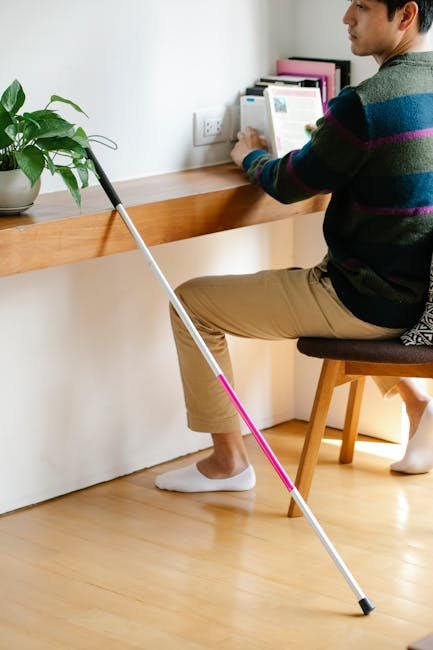The Ultimate Guide to Preventing Long-Term Pain with Ergonomic Chairs
Welcome to the ultimate guide on how to prevent long-term pain with the use of ergonomic chairs. In today’s modern world, where most of us spend prolonged hours sitting at our desks, it’s crucial to pay attention to ergonomic practices to avoid musculoskeletal issues. By investing in a high-quality ergonomic chair and adopting proper sitting habits, you can significantly reduce the risk of chronic pain and discomfort in the neck, back, shoulders, and hips. This guide will provide you with valuable insights and practical tips on choosing the right ergonomic chair and optimizing your sitting posture for a healthier and more comfortable work environment.
The Importance of Ergonomic Chairs
Ergonomic chairs are designed to support the natural curves of the spine and promote good posture while sitting. Unlike traditional office chairs, ergonomic chairs offer adjustable features that can be customized to fit your body size and shape. By providing proper lumbar support, adjustable armrests, seat height and depth, and recline options, ergonomic chairs help you maintain a neutral sitting position that reduces strain on your muscles and joints.
Choosing the Right Ergonomic Chair
When selecting an ergonomic chair, there are several key factors to consider:
1. Lumbar Support:
Look for a chair with built-in lumbar support to maintain the natural curve of your spine and prevent slouching.
2. Adjustable Features:
Ensure that the chair has adjustable seat height, armrests, backrest, and tilt tension to customize it to your body’s needs.

3. Seat Depth and Width:
Choose a chair with a seat pan that is deep enough to support your thighs without putting pressure on the back of your knees.
4. Material and Padding:
Opt for a chair with breathable fabric and sufficient padding to provide comfort during long periods of sitting.
5. Mobility:
Consider a chair with casters that allow for easy movement and access to different areas of your workspace without straining your body.
Optimizing Your Sitting Posture
Even with the most ergonomic chair, maintaining proper sitting posture is essential to prevent long-term pain and discomfort. Here are some tips to help you optimize your sitting position:
1. Sit with Your Back Against the Chair:
Ensure that your lower back is supported by the lumbar curve of the chair to maintain a neutral spine alignment.
2. Align Your Head and Neck:
Keep your head in line with your spine to reduce strain on your neck and shoulder muscles.

3. Adjust Your Armrests:
Position your armrests so that your arms are at a 90-degree angle and your shoulders are relaxed to avoid tension in the neck and upper back.
4. Keep Your Feet Flat on the Floor:
Adjust the seat height so that your feet are flat on the floor and your knees are at a 90-degree angle to promote blood circulation and reduce pressure on your lower back.
5. Take Breaks and Move:
Avoid sitting for prolonged periods by taking regular breaks to stretch, walk around, and change your sitting position to prevent stiffness and muscle fatigue.
Conclusion
Long-term sitting in a non-ergonomic chair can lead to chronic pain and musculoskeletal issues that affect your overall well-being and productivity. By investing in an ergonomic chair and practicing good sitting habits, you can significantly reduce the risk of developing these health problems. Remember to choose a chair that fits your body’s dimensions and provides the necessary support to maintain proper posture. Incorporate regular breaks and movement into your work routine to keep your muscles engaged and prevent stiffness. Your health is invaluable, so prioritize it by creating a comfortable and ergonomic workspace with the right chair and sitting practices.
Take care of your body, and it will take care of you!

